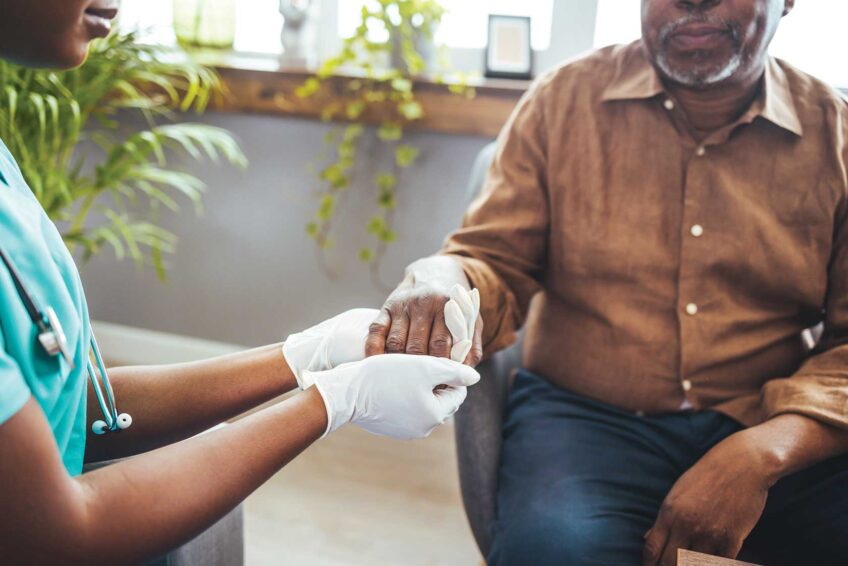
Exercise seems to be a magical elixir for most ailments. That’s because it’s medicine, according to exercise physiologists. It’s better than a pill. It’s free and has few, if any, side effects. And if you participate regularly, you can reduce the risk of cardiovascular disease, diabetes, bone weakness and several types of cancer. You can even improve your mood.
According to several studies exercise also has an impact on cholesterol levels, and when paired with healthy eating, is often the first line of attack to control cholesterol and fats in the blood.
Although results of studies are mixed, HDL (“good”) cholesterol seems to benefit the most from exercise. Levels rise regardless of the type and intensity of the activity. That’s a good thing. HDL is the type of cholesterol that grabs the LDL (“bad”) cholesterol and transports it to the liver for removal from the body.
A meta-analysis of the impact of exercise on cholesterol was published in the journal Sports Med in 2014. The authors reported that on average, HDL cholesterol increased by 4.6 percent. More intensive exercise of longer durations, however, was required to lower LDL cholesterol. Total cholesterol was least likely to be affected by exercise and most often remained unchanged.
Another study called the Atherosclerosis Risk in Communities Study evaluated the long-term impact of physical activity on cholesterol levels in roughly 9,000 adults between the ages of 45 and 64. The ARIC study, which involved patients from four communities across the country, was unique in that it included African American men and women.
The baseline examination showed that the participants were similar in age, LDL and total cholesterol measurements. All were overweight or obese.
The results of the nine-year study showed differences by race and gender. Everyone improved their HDL cholesterol. LDL levels dropped only in women, particularly African Americans. Whites showed decreases in triglycerides, while black women were the only ones to experience a decline in total cholesterol.
The relationship between exercise and cholesterol is not clear. One theory is that exercise spurs the development of enzymes that give a boost to HDL and increase their ability to transfer LDL from the blood back to the liver for disposal. Another theory is that exercise increases the size of bad cholesterol. At first glance, that seems like a bad thing. However, scientists now believe that small, dense LDL is more prone to penetrate arteries, while large, fluffy LDL is relatively benign.
While the focus has been more on aerobic exercise, studies suggest that strengthening exercises have an impact as well. An interesting finding is that the number of repetitions may be as important as or even more important than the amount of weight lifted. So a three-pound weight might have the same or better impact, than a 10-pound weight if you lift it more times.
While exercise can improve cholesterol levels, it can also reduce weight. Reduction in weight, especially if the weight is centered around the waistline, is key to preventing type 2 diabetes, heart disease and metabolic syndrome, a combination of risk factors that include both cholesterol and triglycerides.
The type of exercise is your choice. According to the American Heart Association, people who engage in 150 minutes a week of moderate-intensity exercise had a 14 percent lower risk of heart disease in comparison to inactive adults. Hike it up to 300 minutes a week, and the risk drops even further.
Studies suggest that each 1mg/dL increase in HDL can reduce the risk of heart disease by at least 2 percent in men and 3 percent in women.
The bottom line is the oft-repeated mantra: Some exercise is better than none; more is better than some.







